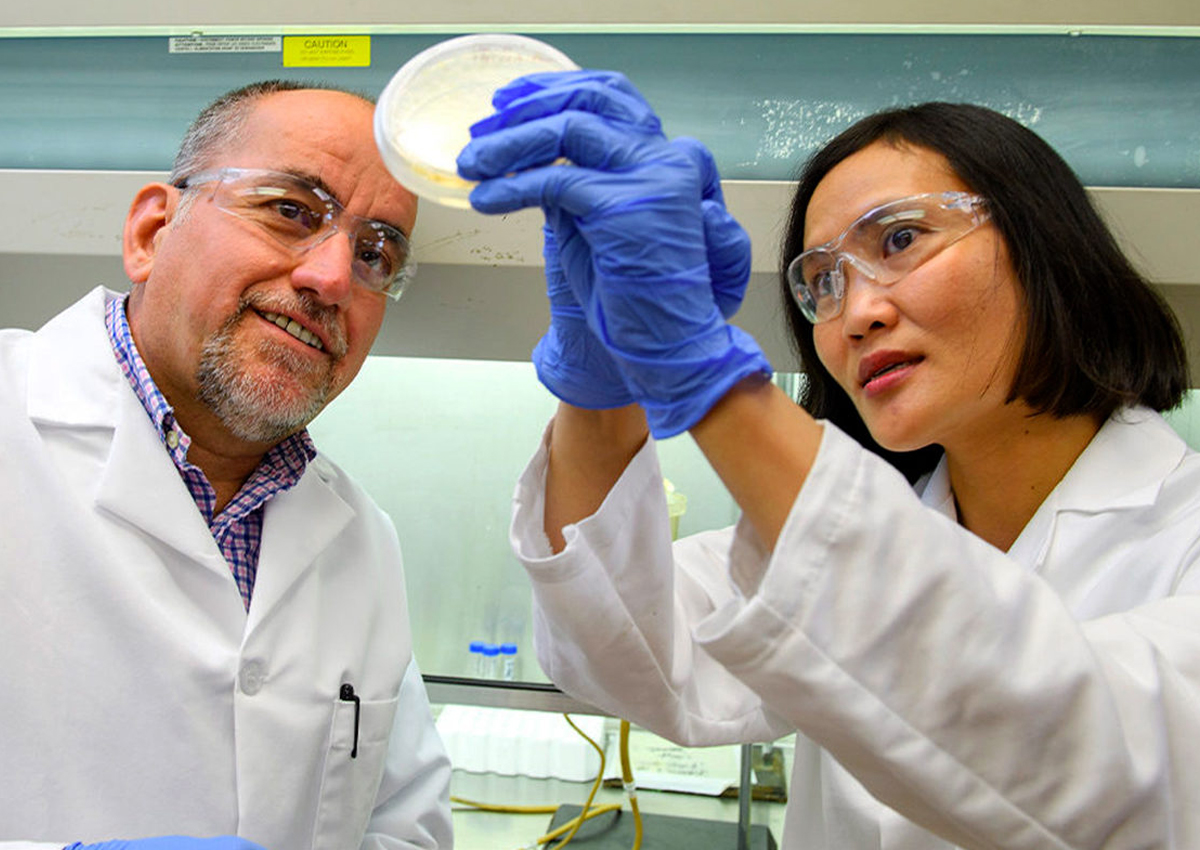
Researchers Make Breakthrough in Understanding Citrus Greening Bacteria
September 18, 2019| |
Researchers from Washington State University have for the first time grown in the laboratory the bacteria that causes Citrus Greening Disease, the world's most harmful citrus disease. The researchers were able to grow the elusive and poorly understood bacterium, Candidatus Liberibacter asiaticus (CLas) and reported their work in the journal Biofilm. The researchers used infected citrus tissues and developed a biofilm instead of using a rich growth medium. This severely limited the growth of partner bacteria and created a medium with the specific nutrients, acidity, incubation temperatures, and oxygen levels that are optimal for CLas.
Similarly, biologists from Florida State University (FSU) were able to grow a close relative of CLas called Liberacter cresens in the laboratory. Their research helped them understand why the bacteria samples are difficult to grow in the laboratory. As they ran tests, they observed that the samples changed the environment around them and then die after doing so. They also noticed that L. cresens grows slowly and requires careful maintenance, and that alkaline conditions poisoned the bacteria.
Being able to grow CLas in the laboratory will make it easier for scientists to find treatments for the disease. Citrus greening is a serious concern in the United States. Orange production in the country has steadily dropped over the last decade, plummeting from 7.98 million tons in the 2007 season to 2.2 million tons in 2018. Most of these losses have occurred in Florida because of citrus greening.
For more details, read the news articles in the WSU Insider and FSU News.
| |
You might also like:
- Researchers Find New Clues on How to Stop Spread of Citrus Greening
- Pheromone from Asian Citrus Psyllid that Transmits Citrus Greening Now Identified
- ISAAA Pocket K No. 50: Biotech/GM Trees
Biotech Updates is a weekly newsletter of ISAAA, a not-for-profit organization. It is distributed for free to over 22,000 subscribers worldwide to inform them about the key developments in biosciences, especially in biotechnology. Your support will help us in our mission to feed the world with knowledge. You can help by donating as little as $10.
-
See more articles:
-
News from Around the World
- Millions of Farmers Worry-free Due to Biotech Benefits
- Survey Reflects US Public Views, Knowledge on Gene Drives
- Researchers Make Breakthrough in Understanding Citrus Greening Bacteria
- South Korea Develops GM Crops for Future Use
- PH Legislators and Judicial Members Engage in Agri-biotech Discussions
- Join the Science and She campaign
- Advanced Breeding Makes Disease Resistant Beans Possible
- Tomato Jumping Genes Could Help Speed-breed Drought Resistant Crops
-
Research Highlights
- Transformation of OsNAC10 Gene for Drought Tolerance in Rice
- Scientists Update Chinese Soybean Genome to Golden Reference
-
Plant
- Language, Key in Communicating about Genome Editing
- Inducible CRISPR-Cas9 Improves the Precision of Genome Editing in Rice
-
Read the latest: - Biotech Updates (December 17, 2025)
- Gene Editing Supplement (December 17, 2025)
- Gene Drive Supplement (February 22, 2023)
-
Subscribe to BU: - Share
- Tweet

